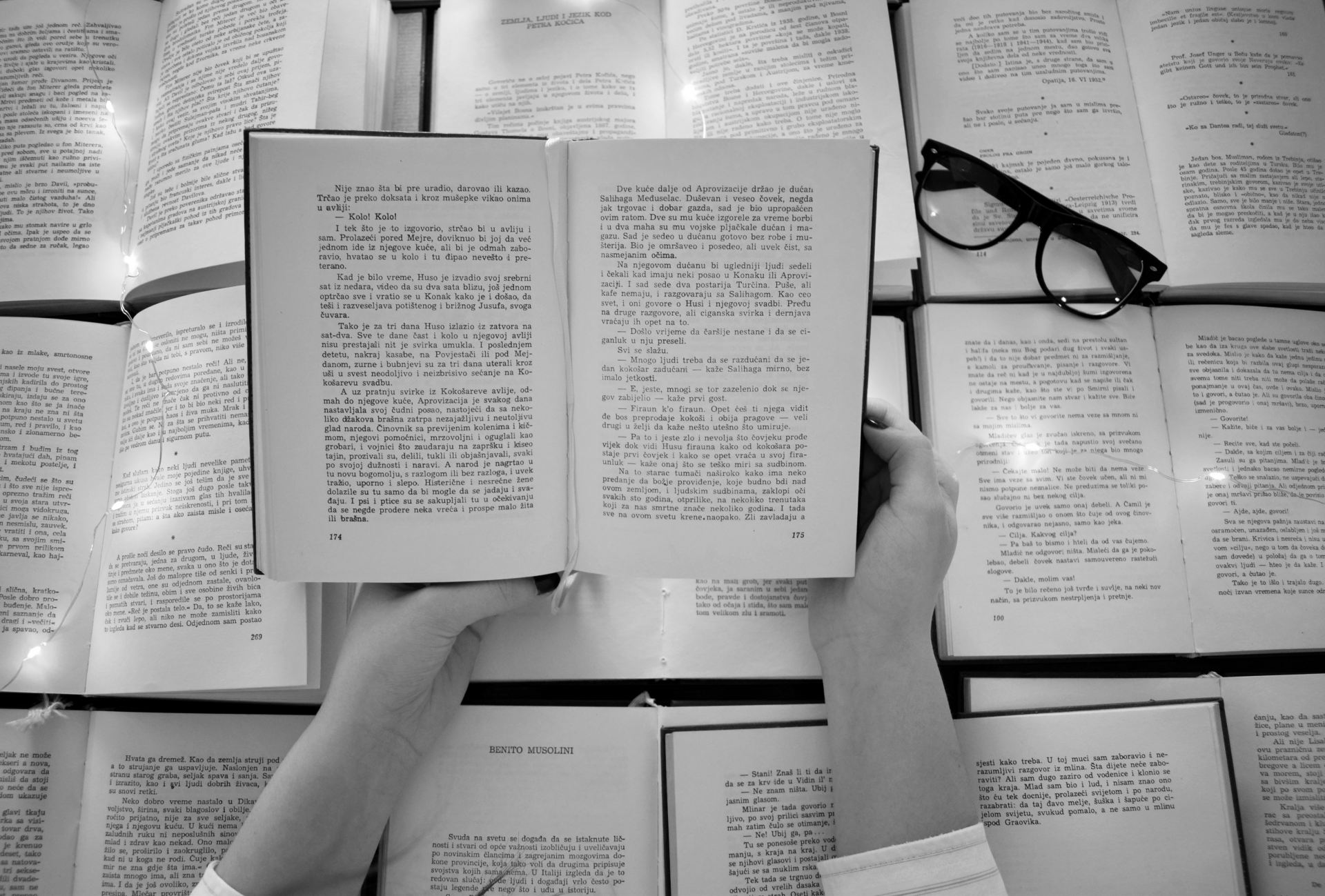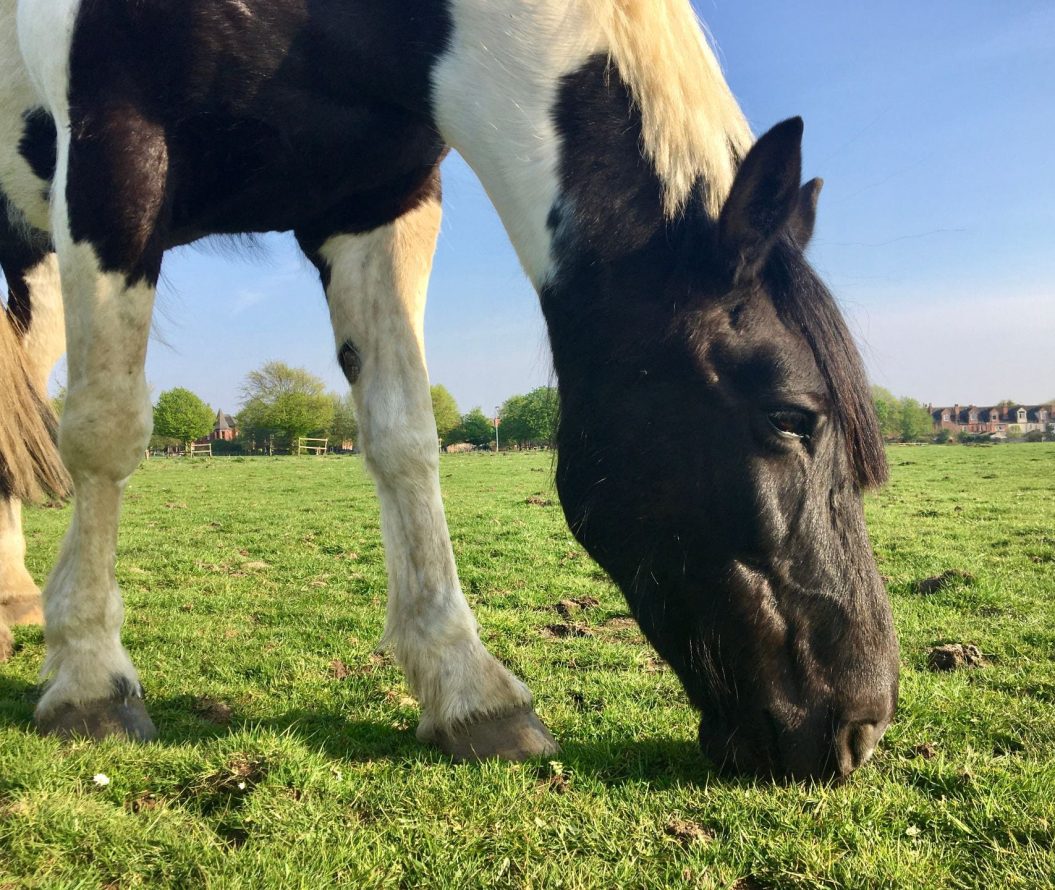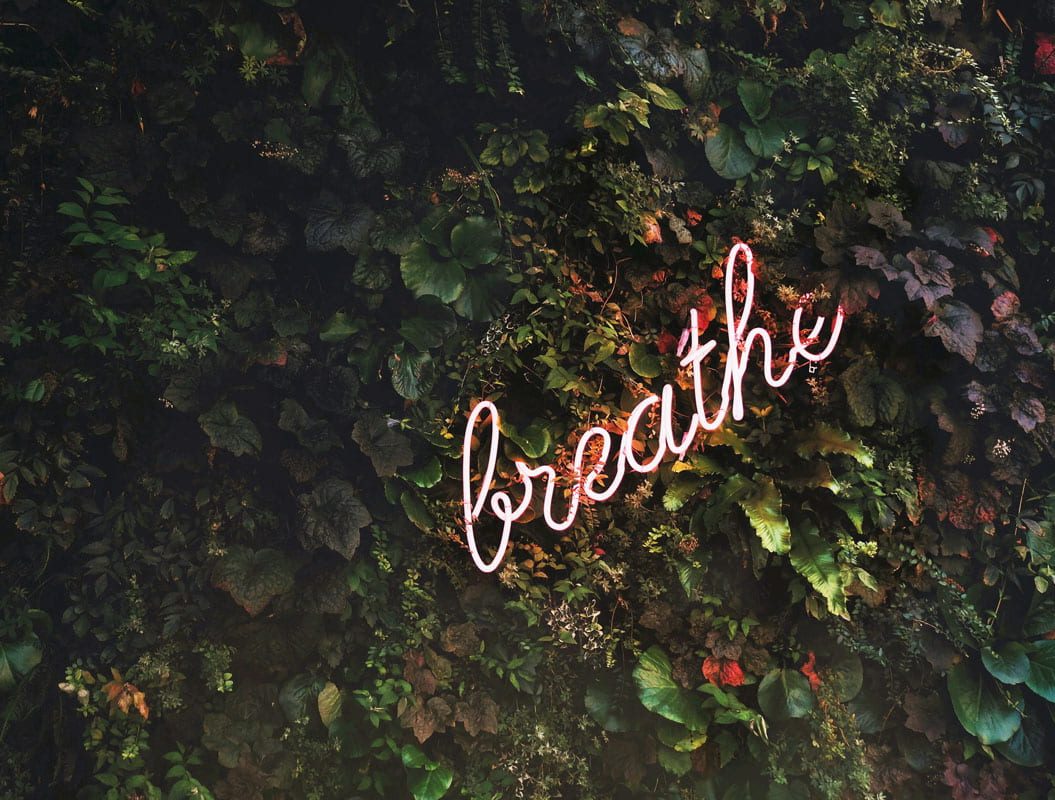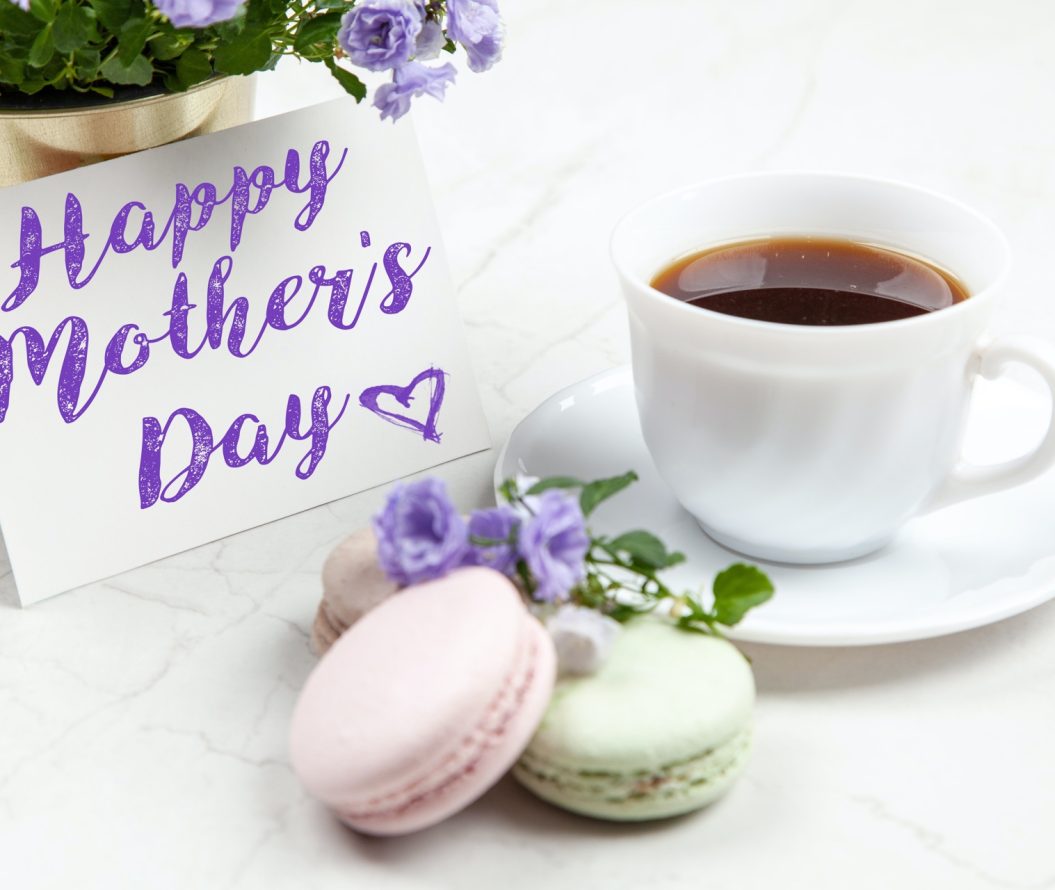Hi there! My name is Alex and I'm currently undertaking my Creative Writing PhD at the University of Lincoln. I'm a big fan of lots of streaming services, books, and am a published poet! I aspire to be a multi-genre,…

Photography has been a huge part of our society for a very long time, originating in Burgundy, France in 1826 with Joseph Nicéphore Niépce. In the 194 years since this moment, photography has continued to grow and grow, leading to the creation of whole industries and social platforms that many of us casually use today. However, some people throughout history have used photography in order to fight for social injustices, and these people often go unmentioned or unknown. This article is going to reveal a number of these brave individuals, and and how their photography helped keep the strength of many causes.
Bob Adelman
Bob was an American photographer, known particularly for his images of the civil rights movement. He studied applied aesthetics at Colombia University, leading him to make connections with leading figures within the arts such as Andy Warhol and Samiel Beckett. Then in the early 1960s he volunteered as a photographer for the Congress of Racial Equality, a position which granted him access to the main, incredible leaders of the Civil Rights Movement, including Malcolm X, Martin Luther King Jr. and James Baldwin.
His photography encapsulated well over ten years of racial struggles in the 1960s, and his work includes amazing portraits of Martin Luther King reciting his “I Have a Dream” speech, the fifty-mile march which took place from Selma to Montgomery, as well as King resting in his casket after his terrible assassination. On the 20th March 2017, the Library of Congress Prints and Photographs Division officially acquired his photographic archives, which includes the full spectrum of his photography relating to the Civil Rights Movement. The archive includes approximately 50,000 prints and 525,000 image negatives and slides.
James “Spider” Martin
“Spider” was an American photographer particularly known for documenting the American Civil Rights Movement in 1965, much of his work linking to Bloody Sunday and other incidents from the Selma to Montgomery marches. Whilst working as a photographer for The Birmingham News, in March 1965 he created a notable photograph of the civil rights era, entitled Two Minute Warning, during the Selma Voting Rights Movement. His photograph displayed Alabama state troopers getting ready to launch an attack on the first peaceful Selma to Montgomery march, preparing with with batons and tear gas just after the people had crossed the Edmund Pettus Bridge.
Hosea Williams and John Lewis were leading the 54 mile long march to the Alabama State Capitol. This was in order to protest the unfair treatment of African Americans, and the intensely discriminatory voting rights practices occuring at the time. The attack on them, known as Bloody Sunday, the media coverage of it and the national outcry that ensued, were influential in the course of civil rights in the U.S. Martin Luther King Jr. himself said, about the effect of photography with the Civil Right Movement, “Spider, we could have marched, we could have protested forever, but if it weren’t for guys like you, it would have been for nothing. The whole world saw your pictures. That’s why the Voting Rights Act was passed.”
Diana Davies
Diana was born in 1938 and raised in Maine, and credits her family background with influencing her later activist work, with her grandparents having been union organisers and Debs socialists. During her early work in theatre and music in the 1960s is when she became interested in photography, and ended up teaching herself how to develop and print her own work. Diana was involved in photographing many pivotal moments in both music and social justice movements throughout the 1960s and 70s, and in addition to her work in the United States, she has photographed in Central America, Africa, Europe, as well as the Middle East.
Also, from the 1960’s right into the 80’s, her work appeared in many notable publications such as The New York Times, The Boston Globe, Life, and Come Out! which was a magazine published by the LGBTQ+ organisation GLM – the Gay Liberation Front. Diana’s work is now housed in a great many institutions, which include the following: The Ralph Rinzler Folklife Archives and Collections inside the Smithsonian Center for Folklife and Cultural Heritage, The New York Public Library, Howard University, The Greenwich Village Society for Historic Preservation, The Sophia Smith Collection in Smith College, and the Swarthmore College Peace Collection – and here is a list of just a few of the integral events which Diana photographed across her decades of activism:
- Poor People’s March on Washington
- Newport Folk Festival
- The Philadelphia Folk Festival
- The Smithsonian Folklife Festival
- The First Pride Parade of New York City, on June 28th 1970
In my opinion, photography remains one of the most powerful tools we have for fighting injustices, because of how we can reach so many people around the world with our modern connectivity. By using photography, and other media such as video production, we as a society have the power to band together by spreading information and empowerment as we fight against the world’s injustices; it allows us to work together, so we can all live together in equality and pride.
- Topics
- Arts & Culture
- History
- Photography



